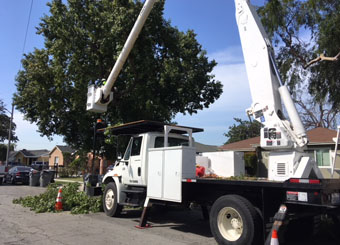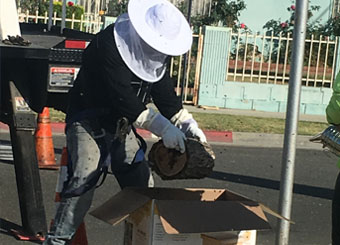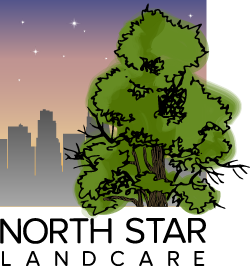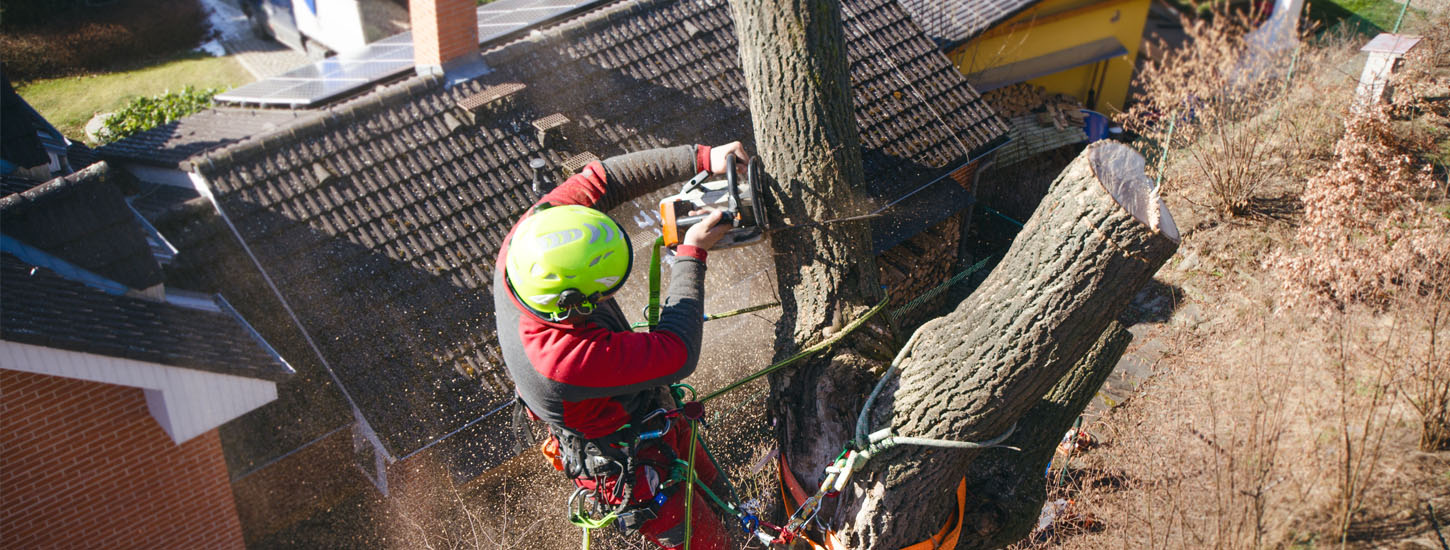
Tree Services
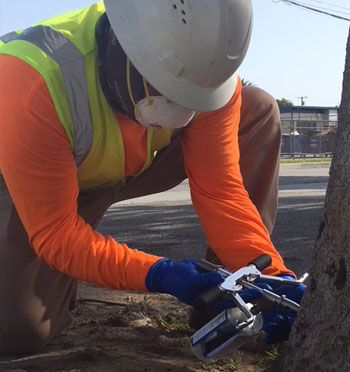
Tree maintenance is necessary for the health of all plantlife. Trimming and pruning prevents unhealthy overgrowth and improves aesthetics. Parasites and insects can greatly harm trees, and if left alone, can clear entire tree lots. To keep them from falling into disease, we treat them annually. However, if infestation has already occurred, we can come in and treat against harmful tree insects using chemicals and treatments.
We Have Arborists That Are Licensed Through The State Of California Department Of Pesticide Regulations In Order To Best Advice Our Clients On Preventative Measures As Well As Applications On Current Infestations.
To determine if your tree might have an infestation or disease, review our DISEASED TREE GUIDE or give us a call to make an assessment.
Tree Preservation
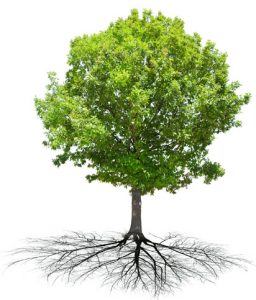 when trees show signs of disease, damage, decline, or insect infestation we’ll do everything in our power to save them whether it requires pruning, treatment, or other special care We understand that trees present an investment on your part. If you want to preserve it for aesthetic appeal, shade for hot summers, property value, or sentimentality, it’s our job and our passion to help that tree regain health and remain in your community for as long as possible.
when trees show signs of disease, damage, decline, or insect infestation we’ll do everything in our power to save them whether it requires pruning, treatment, or other special care We understand that trees present an investment on your part. If you want to preserve it for aesthetic appeal, shade for hot summers, property value, or sentimentality, it’s our job and our passion to help that tree regain health and remain in your community for as long as possible.
That’s why we consider ourselves partners. Trees need continuous care for the duration of their lives, and we are here for the long term.
Bee Hive Preservation
 Tree trimmers are bound to come across plenty of bees and beehives. As a company we understand the importance of preserving bee life. They are the world’s most important pollinator of trees and food crops. Unlike most companies who are known to discard beehives or kill off any bees, we take the time to carefully remove the beehives in their entirety, without harming the queen, and we relocate them to a safe environment where they are free to continue their work. We work with many local beekeeper organizations to ensure the preservation of bee colonies our trimmers come across
Tree trimmers are bound to come across plenty of bees and beehives. As a company we understand the importance of preserving bee life. They are the world’s most important pollinator of trees and food crops. Unlike most companies who are known to discard beehives or kill off any bees, we take the time to carefully remove the beehives in their entirety, without harming the queen, and we relocate them to a safe environment where they are free to continue their work. We work with many local beekeeper organizations to ensure the preservation of bee colonies our trimmers come across
We have the capability to inventory every tree in our service area. For a list of what trees are in your city, go to our Resource Portal.
Tree and Stump Removal
The removal of trees can be necessary for numerous reasons. If a tree has a disease or pest infestation that cannot be contained, it will be removed to prevent spread. Perhaps the forest has overgrown and become overpopulated with trees. Overpopulation of trees can damage an ecosystem. When two trees are too close, they’ll compete for nutrients, leaving one or both trees deficient, stunted, and more susceptible to disease or death, which can then become a fuel hazard.
Large stumps can cause problems and get in the way of rebuilding or maintaining land. No matter the size, we can dig up roots and stumps and then grind them up for future use as mulch. We use machines or hand tools depending on the accessibility of the root system.
Whatever the reason for removal, we will safely remove any tree and tree stump, big or small. Sometimes, we can replant these trees elsewhere. Otherwise, we’ll responsibly recycle them into mulch or wood slabs and “wood cookies” that can be used for furniture.
Have Tree and Stump Removal Questions? Contact Us.
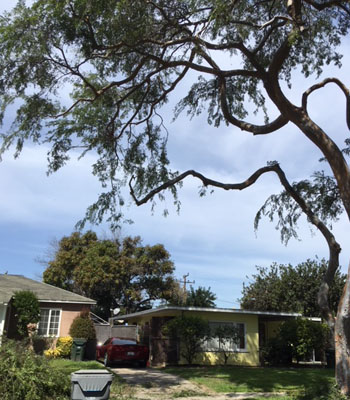
Tree Diseases & Insect Infestation
Polyphagous Shot Hole Beetle
One of the most detrimental tree infestations is the Polyphagous Shot Hole Beetle. These beetles attack many different types of trees in Southern California. The infestation is caused when the female beetles dig out tunnels or galleries in the trunk/ branches and lay their eggs throughout the inside of the tree. The beetles develop a deadly fungus in which they feed and live off of. This fungus that accompanies the insect is the main cause of the trees death because it targets the vascular system which inhabits the flow of water and nutrients within the tree. The fungus has already caused tremendous damage to trees all throughout the US and is currently infesting over 200 tree species worldwide.
Common Diseases That Affect California Trees
Many diseases can cause a tree’s poor health, wilting, and overall an unattractive look. It is important to determine which disease the tree may carry in order to act as soon as possible and prevent the spreading of the disease to all the other plants on the property. The first step in treating a diseased tree is to diagnose which disease the tree has developed. Studies have found that the most common diseases that have been affecting SoCal trees are; Citrus Nematode, Sooty mold, and Anthracnose.

Citrus Nematode
This is a disease caused by tiny roundworms called plant-parasitic nematodes. These parasites live in the soil around the plant and in the plant itself, feeding off the roots of the trees. Symptoms of a citrus nematode problem include a decline in growth, twig dieback, small fruit size, and reduced yield.
The best form of pest control is to manage them using nematicides because once the disease has established itself, the nematodes cannot be eradicated.
Anthracnose
Anthracnose is one of the most common tree diseases seen in California, it affects mainly citrus trees in addition to many other species. Anthracnose causes dark, sunken lesions to form on a tree’s stems, leaves, flowers, and fruits.
It is a fungal disease, but usually won’t cause permanent damage to a tree. This condition can be managed by fungicide application and improving air flow through the plant’s branches.
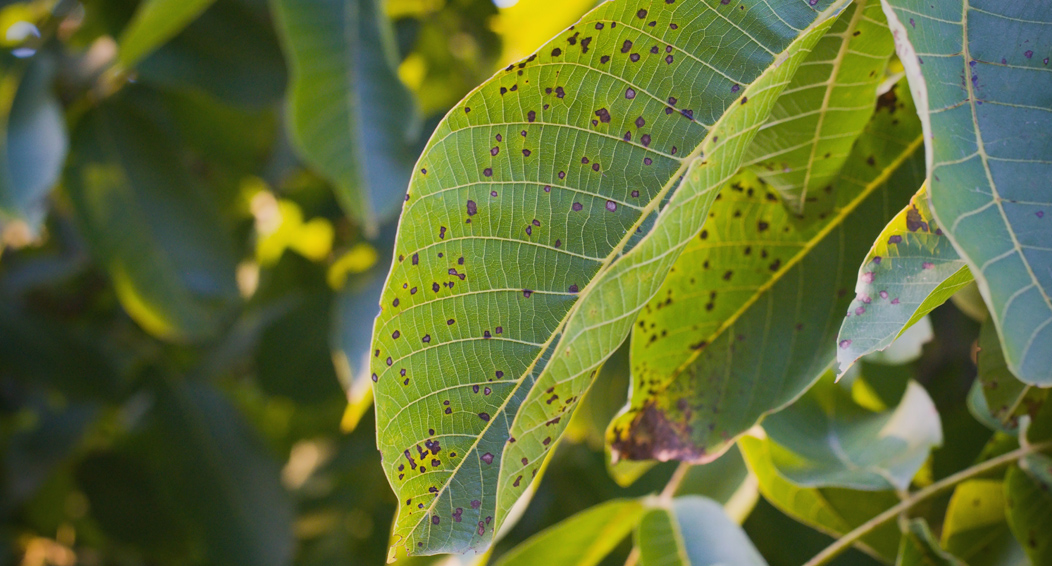
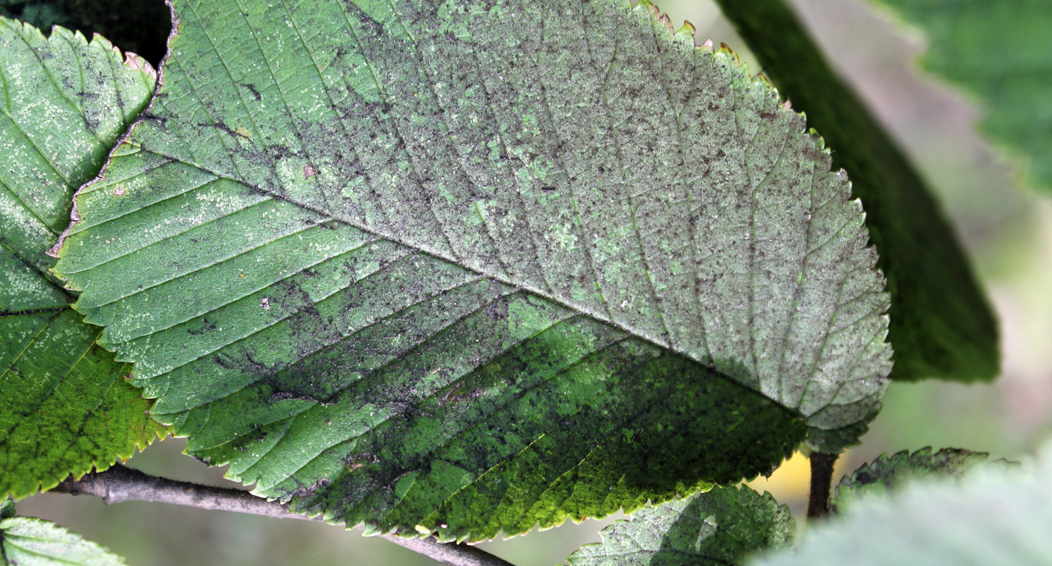
Sooty Mold
This common condition grows on the plants/trees surfaces and can cause a tremendous amount of damage to the tree. Sooty mold is a name used for several species of fungi that can grow on trees and create what looks like a layer of soot that blocks sunlight.
Sooty mold can develop when honeydew is left on the plants. Most trees can handle a small insect population and the sooty mold they create, but plant disease treatment may be necessary if the honeydew attracts additional insects, such as ants. Pest control, insecticidal soaps, and horticultural oils are common treatments for Sooty Mold.
- Citrus Nematode
-

Citrus Nematode
This is a disease caused by tiny roundworms called plant-parasitic nematodes. These parasites live in the soil around the plant and in the plant itself, feeding off the roots of the trees. Symptoms of a citrus nematode problem include a decline in growth, twig dieback, small fruit size, and reduced yield.
The best form of pest control is to manage them using nematicides because once the disease has established itself, the nematodes cannot be eradicated.
- Anthracnose
-
Anthracnose
Anthracnose is one of the most common tree diseases seen in California, it affects mainly citrus trees in addition to many other species. Anthracnose causes dark, sunken lesions to form on a tree’s stems, leaves, flowers, and fruits.
It is a fungal disease, but usually won’t cause permanent damage to a tree. This condition can be managed by fungicide application and improving air flow through the plant’s branches.

- Sooty Mold
-

Sooty Mold
This common condition grows on the plants/trees surfaces and can cause a tremendous amount of damage to the tree. Sooty mold is a name used for several species of fungi that can grow on trees and create what looks like a layer of soot that blocks sunlight.
Sooty mold can develop when honeydew is left on the plants. Most trees can handle a small insect population and the sooty mold they create, but plant disease treatment may be necessary if the honeydew attracts additional insects, such as ants. Pest control, insecticidal soaps, and horticultural oils are common treatments for Sooty Mold.
